| Name | Collin Retractor |
| Lead Time | 0-3 days |
| Specialty | General Instruments-Hooks & Retractors – Retractors |
| Material Finish | Stainless Steel |
| Grade | Premium Operating Room |
| Units of Measurement | Set |
| Manufacturer | Lexis Industry |
| Sterility | Non-Sterile |
| Usage | Reusable |
Collin Retractor
Collin Retractor
double-ended, set of 2, 6-1/2″ (16.5 cm)
Collin Retractor is designed to push back tissue that may conceal part of the area that is being operated on. With the help of the rounded double-ended blades on each end, damage to tissues is reduced while they are held firmly in the desired position. Depending on the size of the incision, this retractor comes in a set of two.
SKU:
BF-4997
Category: Hooks & Retractors
Description
Reviews (0)
Be the first to review “Collin Retractor” Cancel reply
Shipping & Delivery
Related products
Balfour Standard Center Blade – For Fixed System
For balfour retractor systems w/ fixed side blades
Balfour Supra-Pubic Center Blade is available in different sizes to accommodate different surgical procedures and patients. The blade is curved and has lips around the edges to assist in operations such as a Suprapubic Cystostomy. This center blade may also be detached when used with the Balfour Retractor Systems.
Deaver Retractor – Double-Ended
Double-Ended
double-ended, 1" wide x 9" long
Deaver Retractor is typically used during abdominal procedures to keep the organs from interfering with the surgical site. This double-ended instrument has a long, curved blade on one end and a short, right angle blade on the other end. The shorter end may help to retract the walls of the bladder during intravesical surgeries, and the longer end may be helpful for deeper retractions.
Balfour Narrow Center Blade
Balfour Narrow Center Blade
for detachable balfour retractor systems
Balfour Narrow Center Blade consists of a flat blade on one end that is curved at a right angle. This blade also contains small lips on the edges to keep a large incision open. The handle of this instrument is fenestrated and has small loops that rods from lateral blades can fit onto in order to create the desired spread size.
Davis Brain Spatula
Davis Brain Spatula
malleable, 7" (17.5 cm)
Davis Brain Spatula is 7" in length and comes in a variety of widths to accommodate different cases. This instrument is commonly used in neurology procedures to hold the opening in the brain while operating. The spatula is also malleable, which allows it to bend and fit the size or depth of the operated brain. Following the conclusion of the surgery, a small hammer is used to strike the spatula in order to restore it to its initial shape.
Balfour-Baby Pediatric Abdominal Retractor
Balfour-Baby Pediatric Abdominal Retractor
Balfour-Baby Pediatric Abdominal Retractor has a maximum spread of 3 ½," which is ideal for smaller patients, such as young children. This retractor system also includes fixed fenestrated side blades that help to spread open an incision and allow for adequate inspection of the abdominal cavity.
Cope Retractor
Double-ended, 6.0 mm & 11.0 mm, 7-1/8" (18.0 cm)
Cope Retractor is a double-ended surgical instrument primarily used to pull back skin or organs that may obstruct the operating area. The main features of this retractor are its different shaped blades. For example, one end contains a strongly curved blade with a lip. The other end, however, contains a sharp, right angle blade with a ridge on the tip.
Glass Abdominal Retractor
Abdominal Retractor
6" (15.2 cm) x 3-1/4" (8.3 cm), 9-3/4" (24.5 cm)
B.E. Glass Abdominal Retractor contains a flexible blade with a strong curve that is affixed to a handle for gripping purposes. This type of retractor is intended to be used during surgeries that require retracting or exposing the organs in order to provide better accessibility for the surgeon.
Alm Retractor
Alm Retractor
4x4 prongs
Alm Retractor is a device used during general surgical procedures that involve retracting tissue in small areas of the body. This retractor features 4x4 prongs that are available in sharp or blunt points depending on the type of tissue being held. The instrument is also self-retaining due to a mechanism that allows the surgeon to keep it in a desired place once it has been inserted.

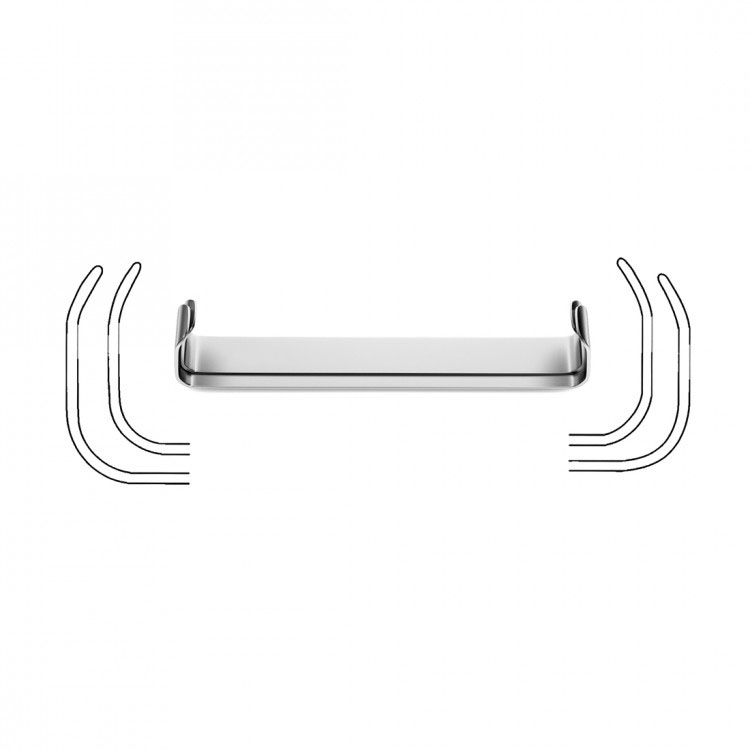
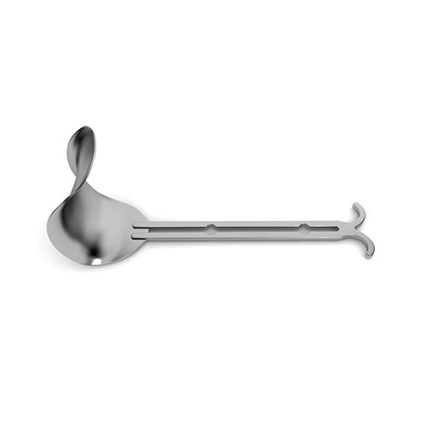

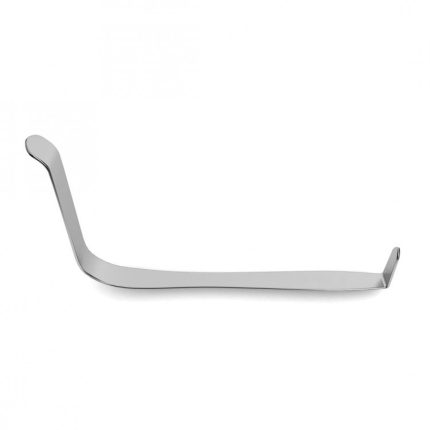


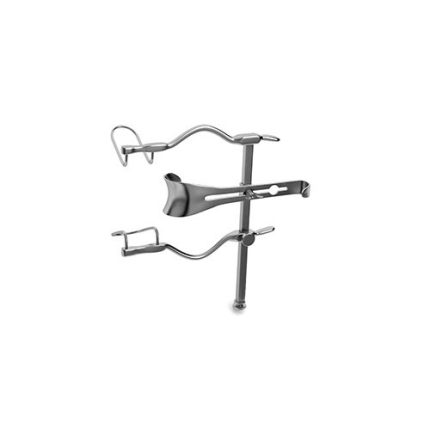
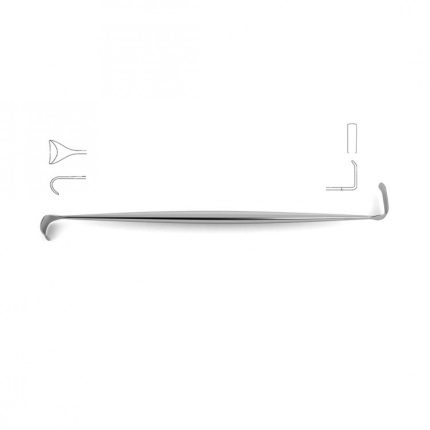

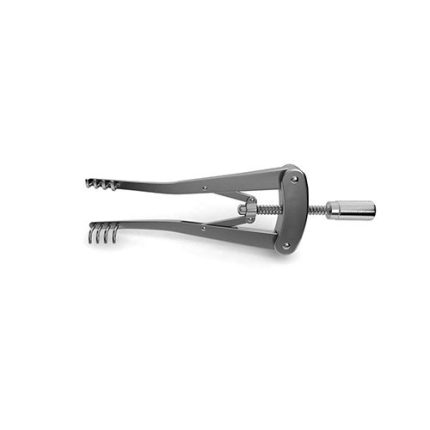
Reviews
There are no reviews yet.